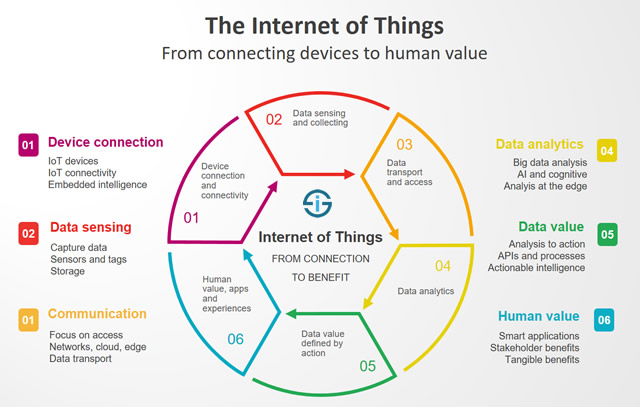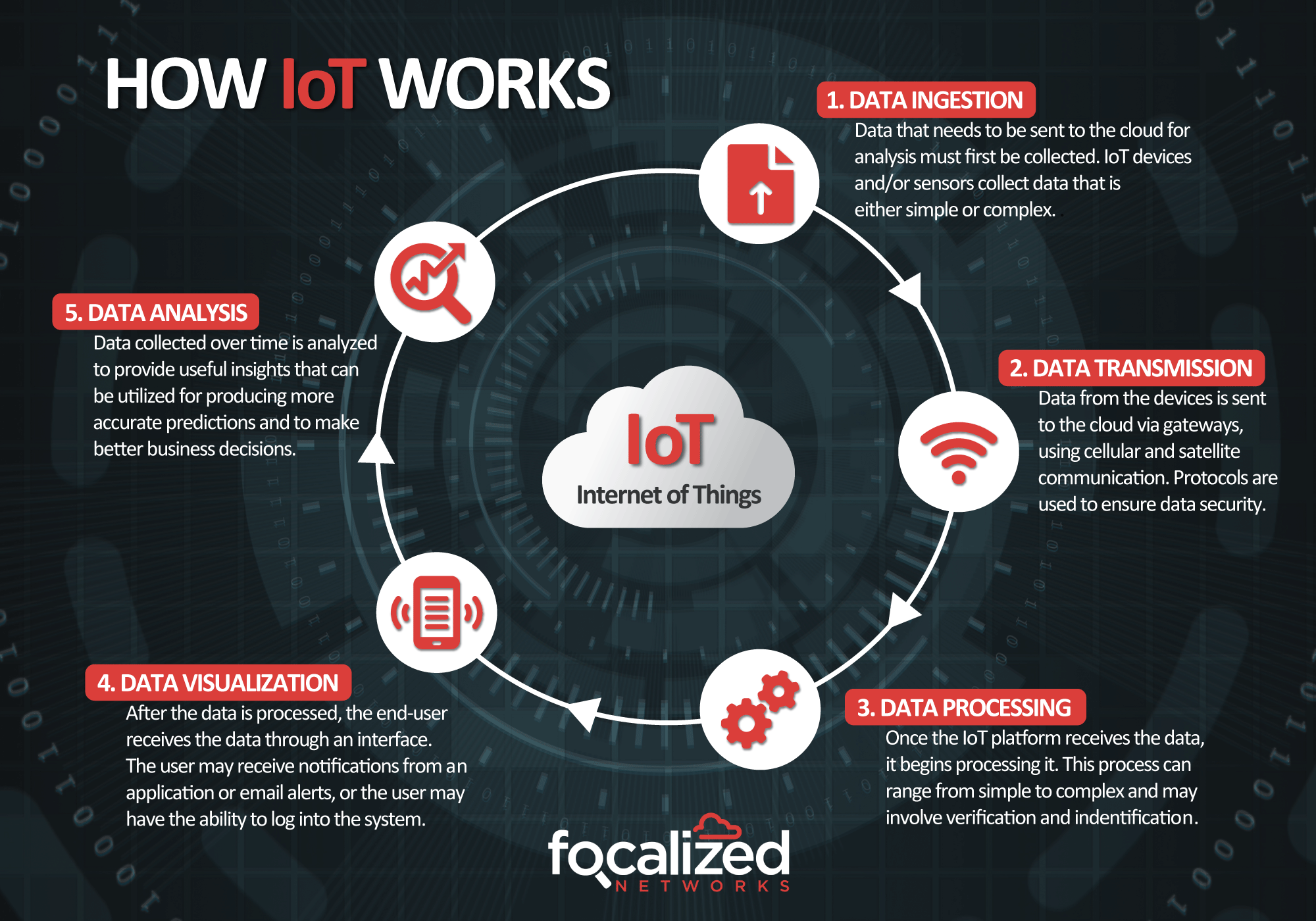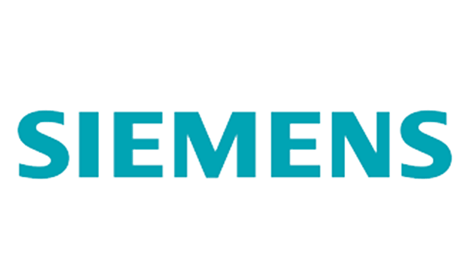Siemens, Enlighted, and Zumtobel Group Partner to Advance Smart building Solutions
- Siemens and Enlighted announce ecosystem partnership with Zumtobel Group, a global lighting solutions provider
- Enlighted’s state-of-the-art smart sensor technology to be integrated into Zumtobel Group’s premium lighting products, for an attractive IoT lighting bundle for customers
- Advantages of the partnership include: effective prefabricated solutions, efficient wireless deployment, smart adaptable technology, and enhanced insights
Dornbirn, Austria – Siemens and Enlighted, a leading property technology company owned by Siemens, announce a strategic partnership with Zumtobel Group, a global lighting solutions provider, to advance the adoption of smart building technologies including intelligent IoT lighting, setting new standards for efficiency and sustainability in building operations worldwide.
At the core of the partnership lies the technical integration of Enlighted’s industry-leading smart sensors into Zumtobel Group’s lighting portfolio, both under Zumtobel and Thorn brands. The result is a comprehensive suite of IoT smart lighting solutions designed to elevate occupant well-being and facilitate sustainable, energy-efficient building operations. The partnership will have a special focus on commercial buildings, higher education, and smart hospitals.
Bringing together two leaders of smart lighting technology creates an opportunity to innovate and accelerate the delivery of advanced IoT solutions to our customers. The combination of these brands will elevate the smart building market and expand what is possible in terms of functionality, efficiency, and user experience.
— Alfred Felder, CEO of Zumtobel Group
The partnership aims to allow faster access to technology solutions and services that can help to decarbonize buildings, elevate the occupant experience and ensure cost-efficient operations, through the strengths of both companies’ portfolios. Prefabricated bundles featuring Zumtobel Group fixtures and Enlightened specialized sensors for new construction and retrofits will optimize delivery processes and simplify orders. Access to Enlighted’s wireless network design will ensure swift deployment, eliminating the need for complex wiring and ensuring precise installations. Finally, intelligent lighting configurations, coupled with smart IoT data collection and analysis, will enable a real time location system (RTLS) which tracks the location and movement of assets and badges in buildings for advanced operational decision making. The Enlighted portfolio is part of the Siemens Xcelerator Marketplace, an open digital business platform to accelerate digital transformation.
The partnership will also allow Siemens to strengthen its solutions and services offerings to customers, supporting their energy reduction, decarbonization and sustainability goals through end-to-end programs.
With valuable insights and analytics, smart lighting solutions can enable more intelligent decision-making, and drive sustainable innovation to transform interactions with the built environment. With the shared vision of this partnership, we are dedicated to providing solutions which prioritize occupant wellbeing and pave the way for significant energy savings and IoT data solutions.
— Dave Hopping, CEO, Solutions and Services, Siemens Smart Infrastructure
Providing access to best-in-class building data captured from Enlighted’s smart IoT sensors, empowers decision makers to optimize operations, prioritize energy efficiency, and create spaces that are more comfortable, sustainable, and future-ready for occupants.
Showcasing the Partnership at Light + Building 2024
Enlighted and Zumtobel Group will showcase their partnership at the Zumtobel booth at the Light + Building 2024 trade fair in Forum Messe Frankfurt, Germany (Forum 0 / A10), March 3-8. The exhibition will feature digital services, innovative lighting controls, and visionary lighting solutions aimed at enhancing workplace well-being and supporting sustainable, energy-efficient building operations. In addition, Zumtobel Group will present new product developments and its vision for the future of lighting in a dedicated ‘concept space.’
SourceZumtobel
EMR Analysis
More information on Zumtobel: See the full profile on EMR Executive Services
More information on Alfred Felder (Chief Executive Officer, Zumtobel Group): See the full profile on EMR Executive Services
More information on Thorn Lighting by Zumtobel: http://www.thornlighting.com/ + Thorn manufactures and supplies dependable, efficient, high-quality lighting. Our extensive portfolio of indoor and outdoor lighting is developed to address the needs of wholesalers, contractors, specifiers and end users, for the widest range of applications. Our name is recognised throughout the world as standing for quality, reliability and ease of use. Supported by 90 years of expertise, we are proud to be known as a trusted partner, providing customers with invaluable insight and support beyond the product. We are also a Smart City specialist, helping municipalities improve safety and wellbeing through connectivity and intelligence. In indoor lighting, our innovative solutions create comfortable, efficient light for living and working. Thorn is proud to be a member of the Zumtobel Group.
More information on Siemens: See full profile on EMR Executive Services
More information on Dr. Roland Busch (President and Chief Executive Officer, Siemens AG): See full profile on EMR Executive Services
More information on Siemens Smart Infrastructure: https://new.siemens.com/global/en/company/about/businesses/smart-infrastructure.html + Smart Infrastructure is shaping the market for intelligent, adaptive infrastructure for today and the future. It addresses the pressing challenges of urbanization and climate change by connecting energy systems, buildings, and industries. SI provides customers with a comprehensive end-to-end portfolio from a single source – with products, systems, solutions, and services from the point of power generation all the way to consumption. With an increasingly digitalized ecosystem, it helps customers thrive and communities progress while contributing toward protecting the planet. Siemens Smart Infrastructure has its global headquarters in Zug, Switzerland. As of September 30, 2023, the business had around 75,000 employees worldwide
More information on Matthias Rebellius (Member of the Managing Board and Chief Executive Officer, Smart Infrastructure, Siemens AG): See the full profile on EMR Executive Services
More information on David Hopping (Chief Executive Officer, Solutions and Services, Siemens Smart Infrastructure, Siemens AG): See full profile on EMR Executive Services
More information on Xcelerator by Siemens: https://www.sw.siemens.com/en-US/digital-transformation/ + Xcelerator provides the engineering and manufacturing software, services and application development platform to blur the boundaries between industry domains. Companies can use this technology today to build the products of tomorrow. Turn complexity into your competitive advantage with Xcelerator.
Siemens Xcelerator consists of three pillars:
- Portfolio: A curated, modular portfolio of IOT-enabled hardware and software based on standard application programming interfaces, facilitating the integration of information technology (IT) and operational technology (OT).
- Ecosystem: A growing ecosystem of partners.
- Marketplace: Interactions and transactions among customers, partners and developers.
More information on Xcelerator Marketplace by Siemens: https://marketplace.siemens.com/global/en.html + Siemens Xcelerator is an open digital business platform that enables customers to accelerate their digital transformation easier, faster and at scale. Access a curated portfolio of connected hardware and software, a powerful ecosystem of partners, and an extensive marketplace.
More information on Enlighted by Siemens: https://www.enlightedinc.com/ai/ + Enlighted is a Siemens-owned company. With the dynamic energy of a start-up and the backing of a global powerhouse, we are a human-centered proptech company that creates positive transformation wherever space, people, and work meet.
More information on Stefan Schwab (Chief Executive Officer, Enlighted, Siemens): See the full profile on EMR Executive Services
More information on Light+Building 2024 (3-8 March 2024, Frankfurt, Germany): https://light-building.messefrankfurt.com/frankfurt/en.html + The international meeting place for the lighting and building services technology sector will open again in 2024 on the usual date from 3 to 8 March at the Exhibition Grounds in Frankfurt am Main. The focus will be on lighting trends in all their facets, the electrification and digitalisation of home and building service technology and connected security technology.
Light + Building underlines the central importance of electrification with the claim “Be electrified”. At the international meeting place for the sector, the focus is on technical innovations to move forward on the path to a sustainable future.
More information on Wolfgang Marzin (President and Chief Executive Officer, Messe Frankfurt): https://www.messefrankfurt.com/frankfurt/en/company/management.html
More information on Johannes Möller (Director Light+Building, Messe Frankfurt): https://www.linkedin.com/in/johannes-m%C3%B6ller-7a48901b0/
EMR Additional Notes:
- IoT (Internet of Things):
- The Internet of Things (IoT) refers to a system of interrelated, internet-connected objects that are able to collect and transfer data over a wireless network without human intervention.
- Describes the network of physical objects—“things”—that are embedded with sensors, software, and other technologies for the purpose of connecting and exchanging data with other devices and systems over the internet.
- The Most Popular IoT Devices are:
- Smart watches are the most popular IoT devices. …
- Gaming consoles. …
- Smart TV sets and content streaming devices. …
- Voice control devices. …
- Printers. …
- Cameras. …
- Lighting appliances. …
- Smart thermostats.


- IIoT (Industrial IoT):
- Industrial IoT (IIoT) involves collecting and analyzing sensor-generated data to support equipment monitoring and maintenance, production process analytics and control, and more. In manufacturing IT since 1989, ScienceSoft offers IIoT consulting and development to create secure IIoT solutions.
- xIoT (xTended Internet of Things):
- xIoT refers to the “xTended” Internet of Things. This xTended IoT category spans Enterprise IoT devices (cameras, printers, and door controllers), OT devices (like PLCs, HMI’s, and robotics) and Network devices (like switches, WiFi routers, and NAS).
- Carbon Dioxide (CO2):
- Primary greenhouse gas emitted through human activities. Carbon dioxide enters the atmosphere through burning fossil fuels (coal, natural gas, and oil), solid waste, trees and other biological materials, and also as a result of certain chemical reactions (e.g., manufacture of cement). Carbon dioxide is removed from the atmosphere (or “sequestered”) when it is absorbed by plants as part of the biological carbon cycle.
- Biogenic Carbon Dioxide (CO2):
- Carbon Dioxide released as a result of the combustion or decomposition of organic material, that is biomass and its derivatives. Examples include carbon dioxide released during the combustion of wood and biogas generated by decomposition.
- Biogenic Carbon Dioxide (CO2) and Carbon Dioxide (CO2) are the same. Scientists differentiate between biogenic carbon (that which is absorbed, stored and emitted by organic matter like soil, trees, plants and grasses) and non-biogenic carbon (that found in all other sources, most notably in fossil fuels like oil, coal and gas).
- Carbon Capture and Storage (CCS):
- CCS involves the capture of carbon dioxide (CO2) emissions from industrial processes, such as steel and cement production, or from the burning of fossil fuels in power generation. This carbon is then transported from where it was produced, via ship or in a pipeline, and stored deep underground in geological formations.
- CCS projects typically target 90 percent efficiency, meaning that 90 percent of the carbon dioxide from the power plant will be captured and stored.
- Decarbonization:
- Reduction of carbon dioxide emissions through the use of low carbon power sources, achieving a lower output of greenhouse gasses into the atmosphere.
- Carbon Footprint:
- There is no universally agreed definition of what a carbon footprint is. A carbon footprint is generally understood to be the total amount of greenhouse gas (GHG) emissions that are directly or indirectly caused by an individual, organization, product, or service. These emissions are typically measured in tonnes of carbon dioxide equivalent (CO2e).
- In 2009, the Greenhouse Gas Protocol (GHG Protocol) published a standard for calculating and reporting corporate carbon footprints. This standard is widely accepted by businesses and other organizations around the world. The GHG Protocol defines a carbon footprint as “the total set of greenhouse gas emissions caused by an organization, directly and indirectly, through its own operations and the value chain.”
- RTLS (Real-Time Locating Systems ):
- Real-time locating systems (RTLS), also known as real-time tracking systems, are used to automatically identify and track the location of objects or people in real time, usually within a building or other contained area.
- An ideal Real Time Location System can accurately locate, track, and manage assets, inventory, or people and help companies to make knowledgeable decisions based on collected location data. RTLS is used across many industries with specific applications like employee tracking and high-value asset tracking.
- An RFID chip sends radio signals to a reader every few seconds, while an RTLS tag operates on Bluetooth and/or WiFi capabilities. The mode of communication determines the consistency of the signal each tag emits.
- Unlike traditional GPS systems that offer global coverage, RTLS focuses on localized tracking in indoor or confined environments such as buildings, warehouses, or healthcare facilities.


